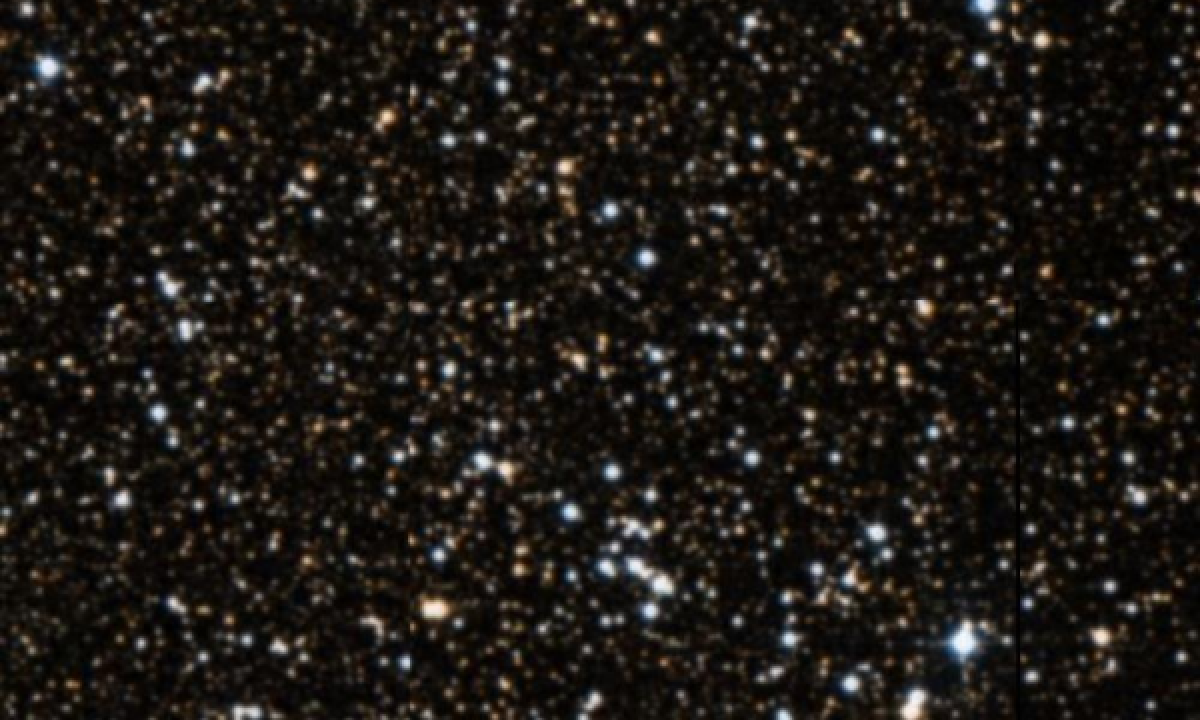The New General Catalogue of Nebulae and Clusters of Stars (abbreviated as NGC) is a catalogue of deep-sky objects compiled by John Louis Emil Dreyer in 1888. The NGC contains 7,840 objects, known as the NGC objects. It is one of the largest comprehensive catalogues, as it includes all types of deep space objects, including galaxies, star clusters, emission nebulae and absorption nebulae.
Know more about NGC
NGC 6755

NGC 6755 is an open cluster of stars in the equatorial constellation of Aquila, positioned about 3° to the east of the star Delta Aquilae. It was discovered by the Anglo-German astronomer William Herschel on July 30, 1785 and is located at a distance of 8,060 light years from the Sun. NGC 6756 lies 30′ to the northeast of NGC 6755, with the pair forming a visual double cluster. However, they probably do not form a binary cluster system since they have different ages and are too distant from each other. This cluster has a Trumpler class of II2r with a visual magnitude of 7.5 and it spans an angular size 15′. It has an estimated age of 250 million years, based on the main sequence turnoff. A total of 71 variable stars have been detected in the field of this cluster, of which 31 are eclipsing binaries, seven are pulsating variables, and 28 are most likely irregular variable red giants.
More Images:

Sources:
Wikipedia Page: NGC 6755
NGC 6755 at In-The-Sky website
